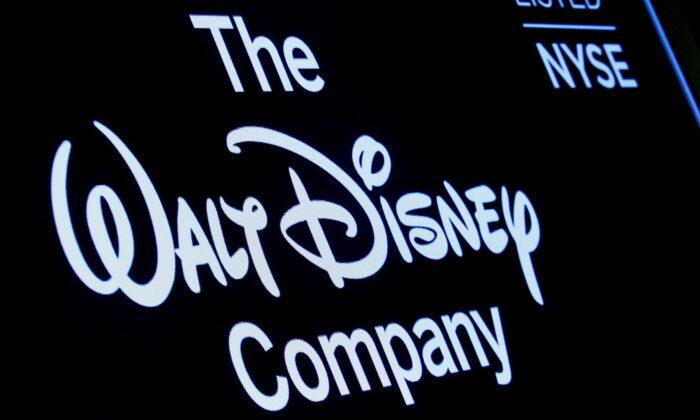Walt Disney Co. shares have lagged the S&P 500 in 2021, generating a year-to-date loss of 18.5 percent.
Earnings
A price-to-earnings ratio (PE) is one of the most basic fundamental metrics for gauging a stock’s value. The lower the PE, the higher the value.Growth
Looking ahead to the next four quarters, the S&P 500’s forward PE ratio looks much more reasonable at just 20.8. Disney’s forward earnings multiple of 36.1 is still more than 50 percent higher than the S&P 500’s, making Disney look overvalued.Disney’s forward PE ratio is also more than 50 percent higher than the average multiple of its communication services sector peers, which are averaging a 21.5 forward earnings multiple.
Yet when it comes to evaluating a stock, earnings aren’t everything.
The growth rate is also critical for companies that are rapidly building their bottom lines. The price-to-earnings-to-growth ratio (PEG) is a good way to incorporate growth rates into the evaluation process.
The S&P 500’s overall PEG is currently about 1.0; Disney’s PEG is 3.14, suggesting Disney is still extremely overvalued after accounting for its growth.
Price-to-sales ratio is another important valuation metric, particularly for unprofitable companies and growth stocks. The S&P 500’s PS ratio is currently 3.19, well above its long-term average of 1.63. Disney’s PS ratio is 4.03, well above S&P 500 average as a whole.
Disney’s PS ratio is also up 37.1 percent over the last five years, suggesting the stock is priced at the high end of its historical valuation range.





